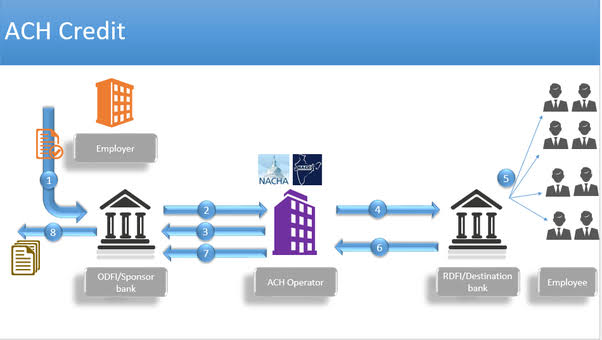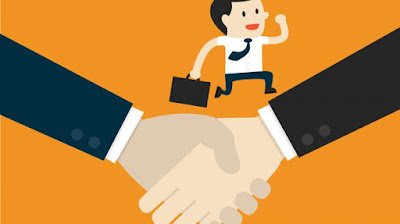What are the Differences between an ATM card, Debit card, and Credit card
ATM cards, debit cards, and credit cards are payment cards issued by a bank which allows customers to perform certain specific transactions. Not only does it make your purchases smooth and convenient, but some retailers require it for billing purposes. Banks these days are trying to add more value to the services offered by them and hence the cards come with a lot of offers and discounts. The most striking feature of card transactions is that it is secure and it reduces the need to carry hard cash. Given below are some of the main differences between an ATM card, debit card, and a credit card.
ATM Cards
An ATM card is usually issued by your financial institution. The card allows you to take money from your savings account or checking account from an ATM, depending on which account it’s linked with. Generally speaking, you can use your ATM card to withdraw money from any ATM machine. But be careful: Some of those withdrawals will cost you. If an ATM machine is not part of your bank’s network, there’s a good chance you’re going to have to pay a fee to access your money. Because The Bank is a member of the ATM Network, our customers are able to withdraw money from one of 55,000 machines across the world with no fees.
- ATM cards can be used only at ATM machines to withdraw cash
- You will require a Personal Identification Number(PIN) to carry out a transaction
- An ATM card is linked to your current account or savings account maintained in the bank
- The card does not offer credits and hence money is deducted on a real-time basis
- ATM withdrawals charge you a fees if the transaction is being carried out in an ATM machine of a different bank
Debit cards
It is also known as a check card—is linked with your checking account and generally has a Visa or MasterCard logo on it. As such, you can use these kinds of cards anywhere credit cards are accepted. It’s important you realize that debit cards are not credit cards, as the money that they draw from is the money that is on deposit in your bank account. Because you’re using your own money to make purchases you don’t have to pay interest on the things you buy with your debit card. But it’s important that you remember to keep track of how much money you have in your account because it is possible to spend more money than you have in your accounts, causing you to overdraw your account. .- Debit cards come with almost every feature of a credit card even though it doesn’t allow credits
- Just like an ATM card you will require a four digit Personal Identification Number to complete your purchases
- In addition to ATM machines, your debit card can be used at stores or restaurants and can also be used for online payments
- There are usually two types of debit cards—Visa debit cards and MasterCard debit cards.
- Much like ATM cards, the debit card allows you to use the money from your savings account
- It is different from a credit card as the customer does not have to pay interests or make a repayment schedule
A debit card PIN is a four digit numerical code, provided as a security feature while performing card purchase transactions. When a customer opens a savings or a current account, the bank provides a debit card along with the corresponding PIN to be used while transacting using the debit card. Customers have the option of changing or setting PINs of their choice if they have forgotten or lost their current PINs. The Reserve Bank of India mandates the use of PIN while making purchases at merchant outlets using debit cards as a security measure. Banking customers are always advised to keep their PINs safe and not share it with other individuals as a move to provide protection to their bank accounts.
Credit cards
A credit card allows you to purchase things with a lender—like American Express, Visa or MasterCard—fronting you the money. The lender charges the merchant a per-dollar percentage on each transaction. They will also charge you interest if you carry a balance on your account. . Depending on your credit history, your credit limit may vary. The better your history, generally speaking, the higher your limit.- Though credit cards facilitate ATM withdrawals, it is mostly used like a loan option and is issued by the bank after reviewing your creditworthiness
- Your credit score impacts your credit card application. Too many credit card applications may have a negative effect on your overall score
- It allows you to purchase any product that is within your spending limit and make payments later
- It offers attractive discounts on certain brands and services
- Besides standard and premium versions, there are many variants in credit cards which offer a wide range of activities, right from shopping and dining to booking an air ticket
Different kinds of cards are the preferred method of payment for different kinds of people. There are some people who will only buy things with cash. When you pay with cash, you know exactly how much of it you have in your wallet so you don’t risk spending more than you have.
Other people turn to debit cards because they don’t like having cash on their person in case they lose their wallet, for example. On top of that, you don’t have to worry about carrying a high balance though you might have to worry about overdrawing your account if you’re not careful.



Comments
Post a Comment